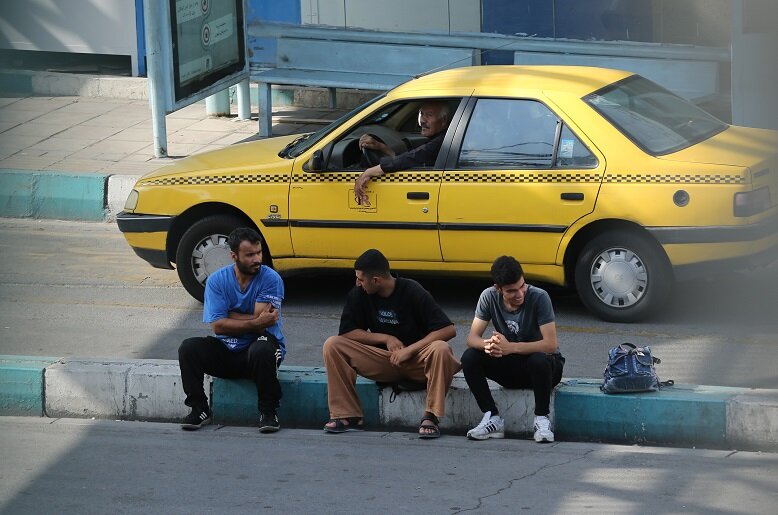
Title: Construction Workers’ Wages Surge – Key Factors Behind the Shift
Unprecedented Changes in the Labor Market
This summer, Iran’s construction labor market has seen more significant shifts than in previous years. While inflation and rising material costs traditionally drove wage increases, two new factors have further impacted worker pay: the deportation of undocumented Afghan migrants and recent geopolitical tensions.
Labor Shortages and Rising Wages
The construction industry typically slows during colder months but rebounds with warmer weather. Wages are usually set after the Persian New Year holidays. However, this year, Tehran’s construction sector faced unprecedented disruptions.
The deportation of undocumented Afghan workers, which intensified last winter, significantly reduced the labor pool. Afghan workers, known for accepting lower wages—often without insurance—had previously handled tougher jobs. With their departure, wages for even basic tasks, such as unloading materials, have risen sharply. Iranian workers now earn over 1 million tomans per day for such work, up from 800,000–900,000 tomans last year, when Afghan laborers performed the same tasks for 600,000–700,000 tomans.
Shifting Workforce Dynamics
Gathering spots for day laborers, once bustling a decade ago, are now quieter. Workers like Amir, who travels daily from Baghstan without guaranteed employment, demand higher wages to offset commuting costs. Similarly, Morteza, a strong laborer handling material transport between floors, now earns 1.2 million tomans daily—but notes that much of his pay goes toward travel and meals.
Skilled Labor in High Demand
Wage hikes extend beyond unskilled labor to skilled trades like masonry, plastering, and steelwork. Master craftsmen report a shortage of assistants, further driving up costs. While housing prices remain stable, construction progress has slowed, with labor costs now a key factor in real estate pricing.
Restoring Opportunities for Iranian Workers
Somyeh Golpour, head of Iran’s Supreme Council of Trade Unions, highlights how undocumented workers previously undercut wages, with some accepting half the pay of Iranian laborers. She emphasizes that enforcing labor laws—including minimum wages and insurance—would secure fair conditions for domestic workers.
Despite Iran’s long-established labor laws, many workers still struggle to meet basic needs. Over 600,000 await social security coverage, leaving them vulnerable in cases of injury or death. Golpour questions whether past reliance on undocumented labor ever truly reduced housing costs, noting that ethical employment practices must take priority.
Final Note:
The construction sector’s transformation reflects broader economic and policy shifts, emphasizing fair wages and legal protections for Iranian workers. As the market adjusts, balancing labor supply and ethical employment remains crucial for sustainable growth.